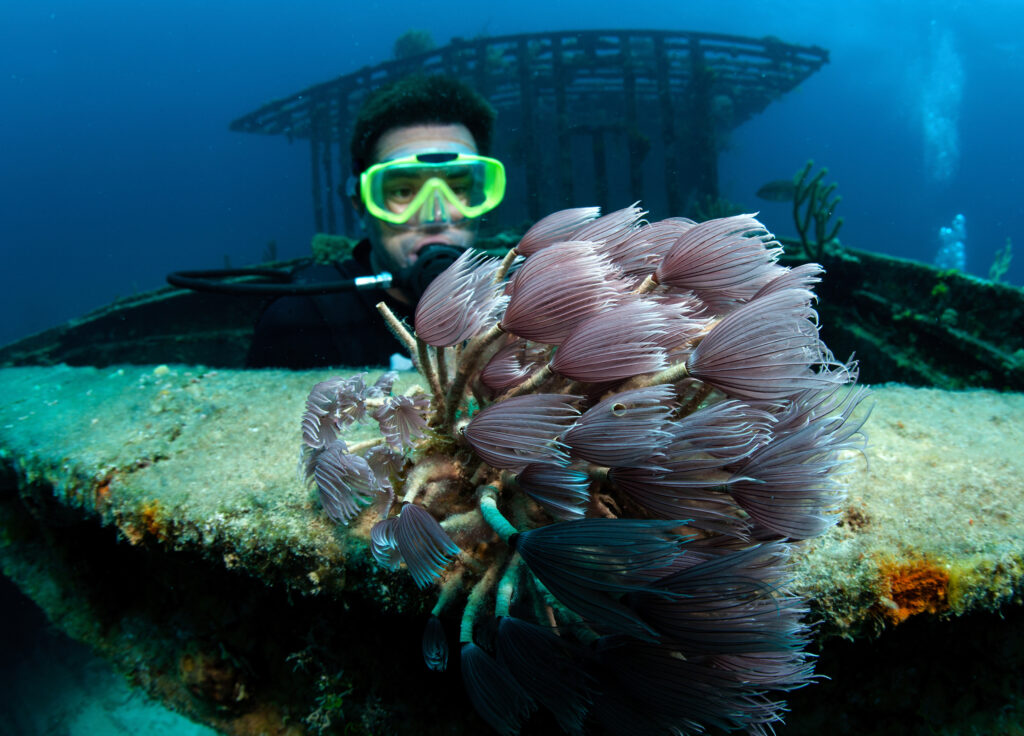What is carbon dioxide toxicity (CO2 toxicity) from scuba diving?

Carbon dioxide toxicity (CO2 toxicity ) occurs when excessive levels of CO2 accumulate in the bloodstream, leading to adverse physiological effects that range from mild discomfort to life-threatening emergencies. This entry explores the causes, symptoms, and preventive measures associated with CO2 toxicity in scuba diving.
What is Hypoventilation?

Hypoventilation, a crucial concept in scuba diving, refers to a reduced rate or depth of breathing that results in inadequate ventilation and increased levels of carbon dioxide (CO2) in the blood. Understanding hypoventilation is essential for scuba divers, as it directly impacts their safety and overall diving experience. In the underwater environment, where divers are subject to various physical and physiological stressors, maintaining proper breathing patterns is vital to avoid complications such as hypercapnia and its associated risks. This entry will delve into the physiology of breathing underwater, the mechanisms and causes of hypoventilation, its effects on divers, and best practices for prevention and management.
What is Carbon Dioxide (CO2)?

What is Carbon Dioxide (CO2)? Carbon dioxide (CO2) is an odorless, tasteless gas that is a natural byproduct of metabolism. This greenhouse gas plays a crucial role in the Earth’s atmosphere, and it is also an essential factor to consider for scuba divers. Exhaled by the lungs, CO2 is a critical aspect of scuba diving, […]
